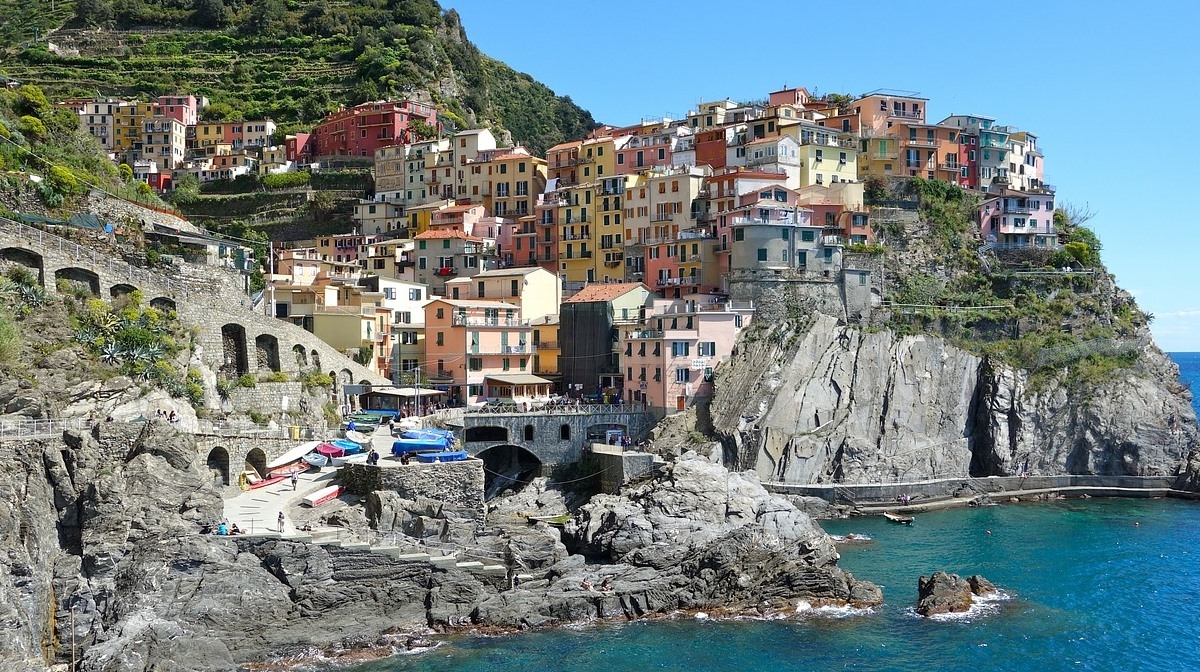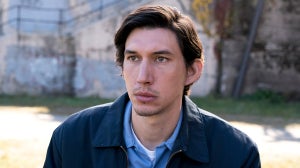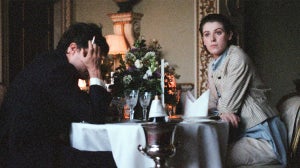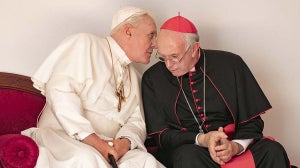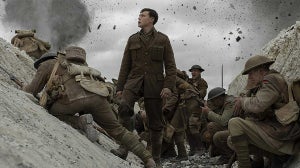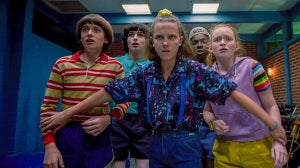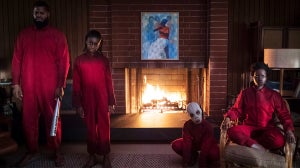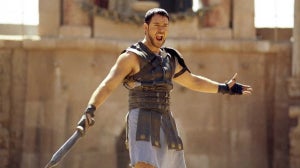
Following on from the huge critical success of Paulo Sorentino’s The Great Beauty (La Grande Bellezza), which we accurately predicted to win the BAFTA and Oscar for Best Film Not In The English Language, we’ve decided to bring together 5 other magnificent Italian films for you to indulge in.
The Best For…Cinematography: The Dreamers (2003) by Bernado Bertolucci
Sexy, sinful and surreal, Bertolucci and his cinematographer – Fabio Cianchetti – created in The Dreamers a collage of wonderfully playful shots, oftentimes referencing works of great art or cinema.
The film itself explores the nature of youthful sexuality, as well as hinting at the political climate of Paris during the Late 60s. Eva Green steals the show as the enigmatic Isabelle, but Micheal Pitt and Louis Garrel provide a great counterbalance to eachother and to Green.
What The Critics Say: “Not good for you, but wickedly pleasurable all the same.” – The Guardian
The Best For…Realism: Accattone (1961) by Pier Paulo Pasolini
Grimly realistic, Pasolini’s neorealist feature debut is a harsh look into the ‘sottoprolatariato’ (or underclasses) or Rome. It follows the lives of pimps, prostitutes and all manner of undesirables as they strive for life amongst the harsh poverty of their circumstance – moral and financial.
Pasolini was also a hugely influential poet and novelist and, indeed, much of Accattone draws from his early writing.
What The Critics Say: “The character of Accattone himself, self-destructive and conscious of his situation within a class from which he cannot escape, embodies many of the contradictions in Pasolini’s lifetime of coming to terms with Marxism and Catholicism.” – Time Out
The Best For… Those Who Can’t Deal With Too Many Subtitles: The Good, The Bad and The Ugly (1966) by Sergio Leone
The quintessential (and best) spaghetti western, Leone brings the best out of Clint Eastwood in the gripping, gutsy western classic based on a story of gunslingers, Confederate gold and the American Civil War.
What The Critics Say: “Sergio Leone’s masterpiece is as enduring as the scorched desert in which it is filmed. Also receives props for most effective use of whistling ever.” – Film4
The Best For…Laughing And Crying At The Same Time: Life Is Beautiful (1997) by Roberto Benigni
Perhaps more well known for Benigni’s mad antics when he collected the Oscar for best actor, Life is Beautiful is a tragicomedy somewhere between Primo Levi’s If This Is a Man and the work of Charlie Chaplin.
Benigni plays a Jewish Italian book shop owner who is forced to use his ingenuity and imagination to hide the horrors of their internment in a Nazi concentration camp.
What The Critics Say: “dares to laugh in the face of the unthinkable. And because Benigni can be heart-rending without a trace of the maudlin, it works.” – The New York Times
The Best…Ever?: La Dolce Vita (1960) by Federico Fellini
In some ways the precursor to Sorentino’s The Great Beauty – as a journalist’s fruitless search for love in Rome – Fellini’s film was censored by the Catholic Church as it was perceived to be a parody of the second coming of Christ – odd considering they actively promoted a film by the openly gay, atheist Pasolini (who also contributed to the screenplay of La Dolce Vita).
La Dolce Vita has it all, great directing, great cinematography, great music and great writing – it stands in line with other classics like Casablanca and The Third Man as a testament to the storytelling vibrance and power of film.
What The Critics Say: “Rather than wallow in cynicism, Fellini’s genius is characterised by a zest for life — albeit a tragically insatiable one — as he sprinkles dreamlike snapshots like glitter in the darkness.” – BBC
Featured Image Sources: Pixabay

